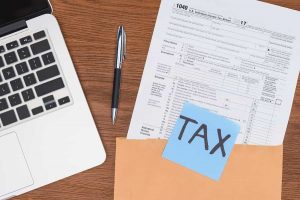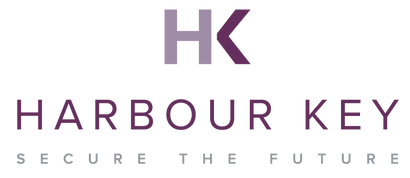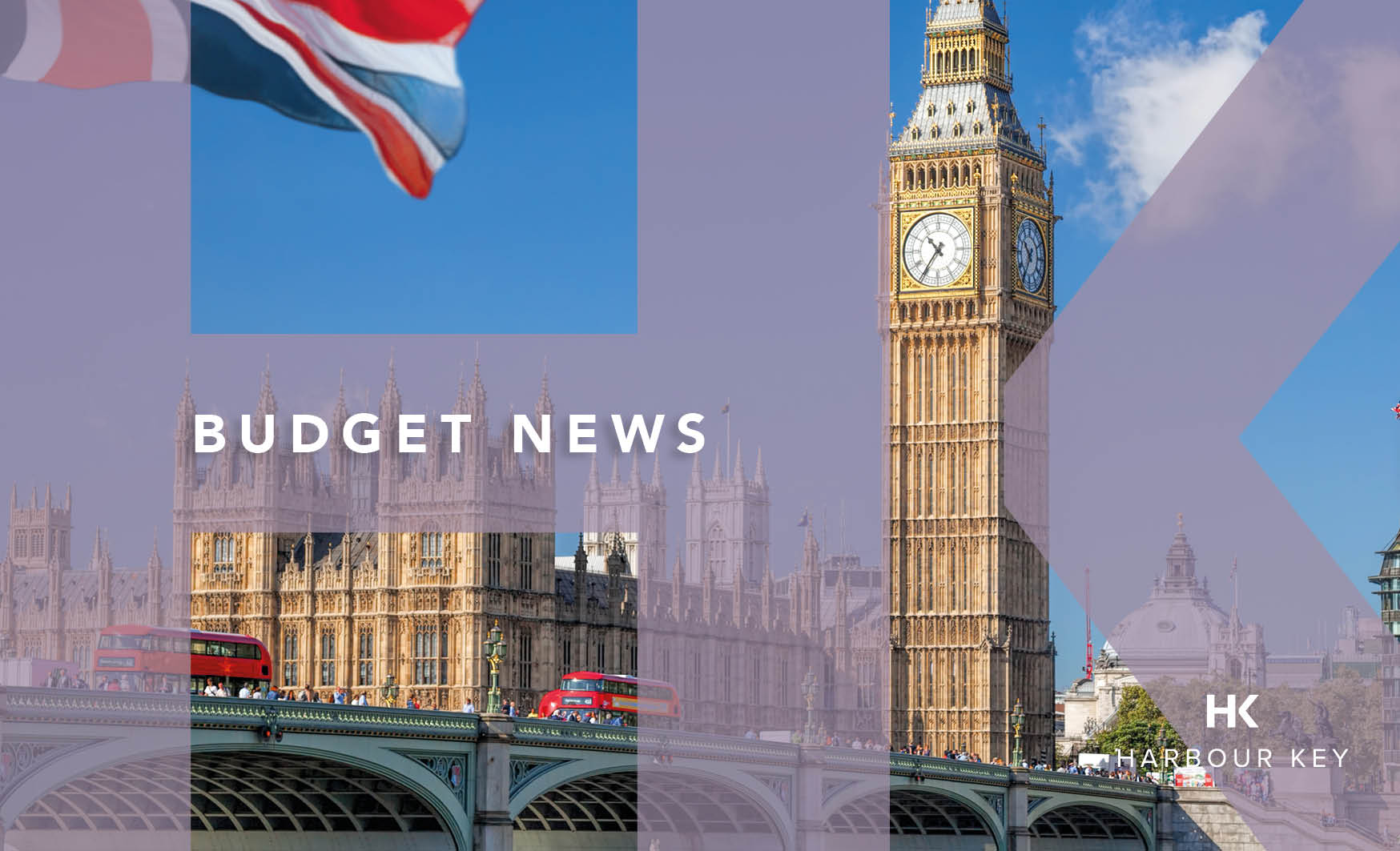
6 April was the start of the new tax year, which sees the introduction of new tax measures and the withdrawal of some reliefs, which we have summarised below. Find out what it could mean for you in 2021.
Business and corporate
A number of Covid support measures were announced in the Budget and details of these can be found in our March Business Forward, which can be found HERE.
Capital allowances - Super-Deduction
Two new temporary capital allowances reliefs were announced in Budget 2021 for companies investing in qualifying new plant and machinery:
- A new super-deduction of 130% in the year of investment, for the cost of most new plant and machinery investments that would otherwise qualify for capital allowances in the main pool.
- A 50% first-year allowance on most new plant and machinery investments that would otherwise qualify for capital allowances in the special rate pool.
These reliefs will apply to qualifying expenditure incurred by companies between 1 April 2021 until 31 March 2023, in respect of contracts entered into on or after 3 March 2021.
Certain types of assets will be excluded, and anti-avoidance provisions will be introduced to counteract contrived arrangements.
Capital allowances - Cars
CO2 emission thresholds for certain capital allowance purposes change from April 2021:
- 100% first-year allowances will be available only for zero emission cars (previously this was available for cars with CO2 emissions not exceeding 50g/km); and
- Expenditure on cars with an emissions figure exceeding 50 g/km (previously 110 g/km) will qualify for capital allowances only in the special rate pool (on which writing down allowances at 6% per annum can be claimed) rather than the main pool (on which writing down allowances at 18% per annum can be claimed).
Corporation tax losses
There will be a temporarily increase in the period over which companies can carry back trading losses from one year to three years.
- After carry back to the preceding year (which remains unlimited), unused trading losses will be available for carry back against profits of the preceding two years, subject to caps.
- A cap of £2,000,000 will apply to losses incurred in accounting periods ending in the period 1 April 2020 to 31 March 2021, and a separate cap of £2,000,000 will apply to losses incurred in accounting periods ending in the period 1 April 2021 to 31 March 2022.
- The £2,000,000 cap will be subject to a group-level limit requiring groups with companies that have capacity to carry back losses in excess of a de minimis of £200,000 to apportion the cap between its companies.
R&D – Restricting payable tax credit for SMEs
Companies that are small and medium enterprises (SMEs) for R&D purposes are entitled to an additional deduction of 130% of qualifying R&D expenditure. For non-taxpaying SMEs, a cash alternative of up to 33.35 pence for every pound of qualifying expenditure may be available depending on current year tax losses.
For accounting periods beginning on or after 1 April 2021, there will be a cap on the cash credit available to SMEs. Amounts will be capped at £20,000 plus three times the amount paid in respect of PAYE and class 1 NIC liabilities. A company will be exempt from the cap if its employees are creating, preparing to create, or actively managing intellectual property, and its qualifying R&D expenditure does not include more than 15% of spend relating to connected party subcontractors or connected party externally provided workers.
Employment
Company cars
For cars first registered since 6 April 2020, CO2 emissions are measured under a more stringent testing regime which has led to higher CO2 emissions figures for most cars. To adjust for this, company car tax rates for these cars will be discounted by 1% of the car’s list price in 2021/22, compared to cars registered before 6 April 2020. By 2022/23, the percentages in the regimes for cars registered before and after 6 April 2020 will be aligned once again.
In respect of vehicles registered up to 5 April 2020, the tax charge percentages for all cars other than zero emission vehicles will be frozen at 2020/21 rates. The diesel supplement will continue to be an additional 4% of list price, up to the 37% maximum, except for cars certified to the RDE2 emission standard.
In both regimes, fully electric cars will be taxed at 1% of list price (up from 0% in 2020/21) and the rate for ultra-low emission vehicles (CO2 emissions of up to 50g/km) continues to depend on the electric range of the vehicle.
Vans
Zero emission vans will benefit from a new 0% tax charge from 2021/22.
The standard van benefit charge will increase to £3,500.
Fuel Benefit
From 6 April 2021, the benefit in kind for private fuel provided in company cars will be calculated at the relevant percentage x £24,600.
The fuel benefit charge for vans will increase to £669.
Off-payroll Working (commonly referred to as IR35)
From 6 April 2021, medium and large companies will be responsible for determining the employment status of contractors working through an intermediary such as a personal service company (PSC).
End user clients will need to determine whether the worker would be employed or self-employed, if they were engaged directly by the end client, i.e. without the PSC. End user clients will have to issue a status determination statement to the worker and any agency they directly contract with to communicate their conclusion, with reasons. In general, the entity paying the worker’s PSC will need to operate PAYE/NIC on payments made for the worker’s services. This will normally be the end client or an agency.
Arrangements where the end user client is small (under Companies Act definitions) will be excluded from the new rules. Similarly, if the end user client is neither UK resident nor has a permanent establishment in the UK, the new regime will not apply. Instead, the previous IR35 rules will continue to apply in these cases, under which the PSC itself needs to assess the hypothetical employment status and apply PAYE/NIC where appropriate.
The new rules will apply to payments made on or after 6 April 2021, but only in so far as they are in respect of work performed on or after 6 April 2021.
Personal Taxes
Income tax rates and allowances
Personal allowance - £12,570 (frozen until April 2026).
The below zero rate bands will remain at their 2020/21 level in 2021/22:
- The dividend nil rate band - £2,000.
- The savings nil rate bands - £1,000 for basic rate taxpayers & £500 for higher rate taxpayers.
- The starting rate for savings income: £5,000.
Higher rate threshold - £50,270 (frozen until April 2026).
Additional rate threshold - £150,000 in 2021/22.
NIC
The primary threshold for employees and self-employed Class 4 - £9,568.
Upper earnings limit (above which the NIC rate is 2%) - £50,270.
Class 2 NIC - £3.05 per week.
Class 3 voluntary - £15.40 per week.
High income child benefit charge (HICBC)
The HICBC is an income tax charge that applies where the higher earner of a couple has income exceeding £50,000 and one or both of them has received child benefit payments. The charge is 1% of the child benefit payments for every £100 of additional income, resulting in full clawback where income is £60,000 or more. These thresholds have been fixed since the charge was introduced in 2012/13. To date the charge has only affected higher rate taxpayers.
It should be noted that the higher rate threshold has increased to £50,270 for 2021/22, but the HICBC threshold remains £50,000, this means that some basic rate taxpayers will now become subject to the HICBC.
CGT allowances
Individuals’ Annual exemption - £12,300 (frozen until April 2026).
Trustees’ Annual exemption - £6,150 (frozen until April 2026).
Inheritance tax - Nil rate band remains frozen at £325,000 (frozen until April 2026).
Pensions
- Standard annual allowance - £40,000.
- Standard annual allowance tapers down to a minimum £4,000 annual allowance for individuals with adjusted income in excess of £240,000. The annual allowance is not subject to tapering if the individual’s income (before adding back pension contributions) is £200,000 or less.
- The lifetime allowance - £1,073,100.
ISA limits
- Adult ISA - £20,000.
- junior ISA and child trust fund limit: £9,000.
Stamp Duty Land Tax
Surcharge applicable to non-UK residents: 2% surcharge will apply to non-UK residents purchasing residential property in England or Northern Ireland on or after 1 April 2021.
A specific new test for residence has been drafted for the purposes of determining whether the surcharge applies. The statutory residence test (the usual test for determining an individual’s UK residence status) will not apply.
Remember, as with all tax matters, your individual allowances will depend on your personal circumstances. And, as this article goes to show, tax rules can change regularly!
But it doesn’t have to be a headache. If you are unsure how any of the recent legislation changes could affect you contact us.



